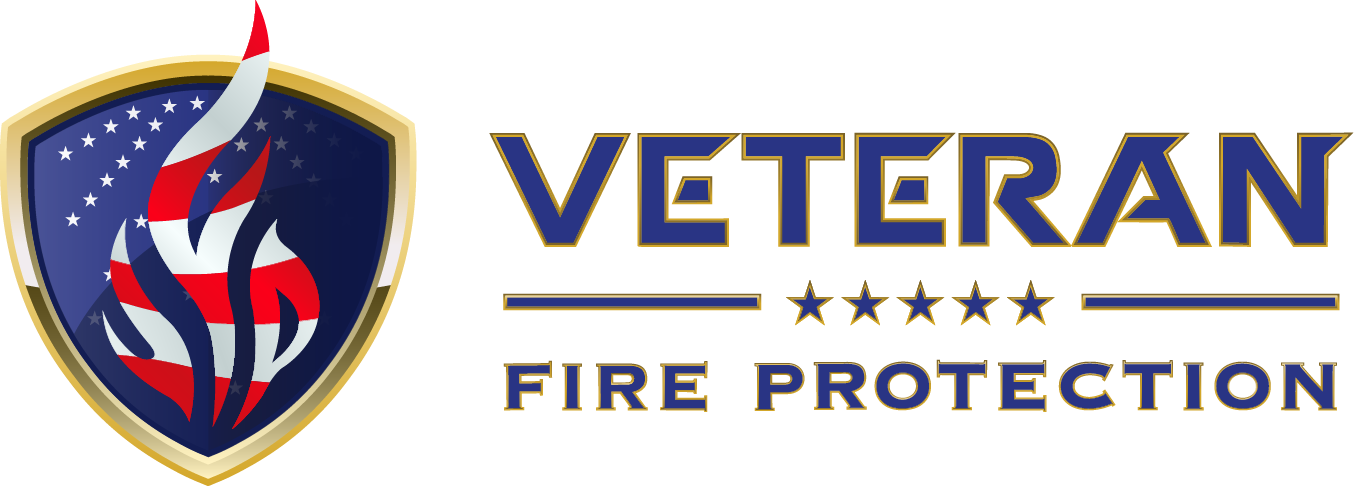Fire Protection Education
Understanding Fire Safety. Building Confidence.
In California, safety isn’t just regulation—it’s routine. Every school, warehouse, or commercial space depends on some level of fire protection. Yet many owners still ask what is fire protection and how these systems actually function day to day. Veteran Fire Protection created this guide to bring clarity—to explain what happens behind the systems most people walk under without a thought.
What Is Fire Protection?
Fire protection is the framework established to prevent, detect, and control fires before they spread. It combines inspection programs, code compliance, and system maintenance into one ongoing safety process.
The state enforces strict standards through NFPA 25 and the California Fire Code, setting how often systems are tested, what must be documented, and who is authorized to repair them. Real protection doesn’t stop at installation. It continues through regular care, observation, and adjustment—keeping pressure stable, valves operable, and syste for usems ready.
How Fire Sprinklers Work?
How does a fire sprinkler work? Sprinklers don’t all go off at once. Each head has a tiny glass bulb or fusible link that reacts to heat. Around 155°F (68°C), the element breaks, and that single head releases water right over the fire. Others stay closed; the system stays pressurized. This keeps the response focused and reduces water damage.
So, how do fire sprinklers work overall? They stay pressurized and connect to a monitored network. When one head opens, pressure drops, a flow switch triggers the alarm, and water floods that exact zone. Other heads remain closed until heat reaches them. It’s precise, contained, and highly efficient—limiting both damage and fire spread.
California Fire Sprinkler Inspection Requirements
The California fire sprinkler inspection requirements are among the strictest in the country. Under NFPA 25, property owners must follow structured intervals:
- Quarterly inspections: Confirm valve position, test alarm operation, and read gauges.
- Annual testing: Verify flow rate, pressure levels, and full system response.
- Five-year internal inspections: Detect corrosion, debris, or obstructions inside pipes.
Only NICET-certified technicians or a licensed C-16 Fire Protection Contractor may perform these inspections. Skipping an interval isn’t merely a fine — it can lead to compliance orders, insurance complications, or action from the AHJ. Veteran Fire Protection manages inspection tracking, documents deficiencies, and serves as AHJ liaison so systems remain compliant and functional year-round.
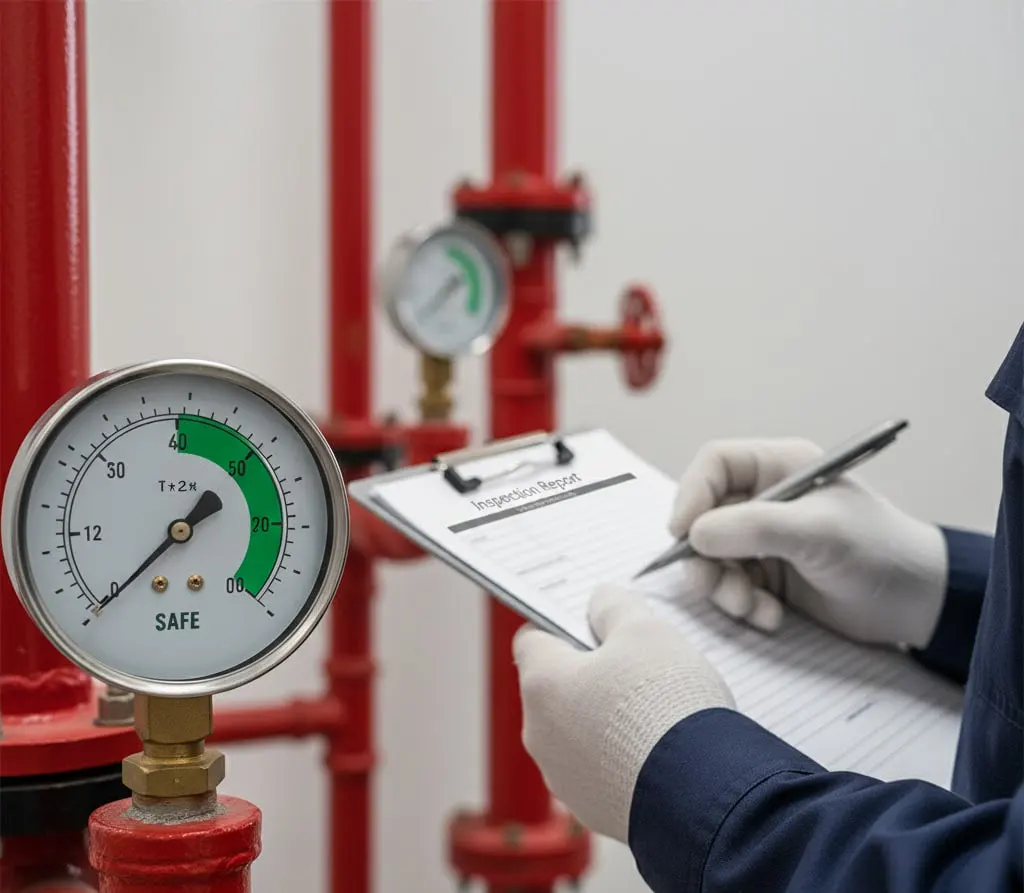
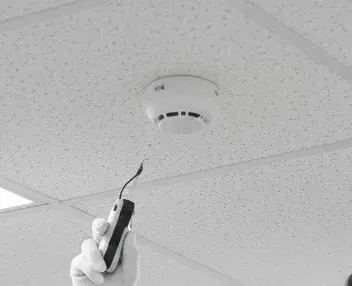
Fire Prevention System
A fire prevention system operates long before an emergency. It’s the invisible line of defense: consistent monitoring, hazard analysis, air removal in dry pipes, corrosion control, and alarm testing. Prevention avoids the failures that cause leaks or false activations. Veteran Fire Protection’s preventive maintenance programs focus on early detection—quiet work that keeps buildings ready when the unexpected happens.
Different Types of Fire Extinguisher
There are several different types of fire extinguisher, each built for a specific hazard or setting.
- Class A covers the usual stuff — paper, cloth, wood, things that burn easily and keep burning.
- Class B deals with flammable liquids such as oil, gasoline, or paint; a quick spark there can spread fast.
- Class C is meant for electrical fires, anything still carrying current. Using water here is dangerous.
- Class D is used for reactive metals — magnesium, titanium, and a few others that burn hot.
- Class K, the kitchen one, handles grease and cooking-oil fires where water only makes it worse.
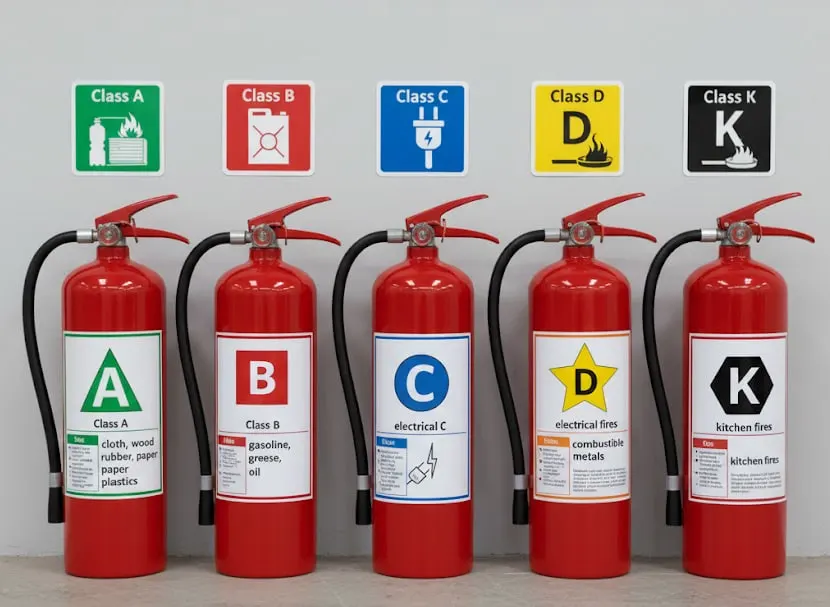
Choosing the wrong extinguisher can feed the flames instead of stopping them. Clear labeling helps, and regular checks make sure the right unit is ready when it matters — a few seconds can decide the outcome.
Who to Call for Fire Sprinkler Leak
When water starts dripping from a line, the question arises: who to call for a fire sprinkler leak? Not a plumber. These systems operate under strict codes and pressure standards that demand certified handling.
Veteran Fire Protection’s team isolates and repairs leaks fast, verifies system pressure, and restores full readiness. Every fix includes complete AHJ documentation and post-repair testing. A minor leak, handled incorrectly, can quickly escalate into corrosion, electrical risk, or noncompliance—something no property owner wants.
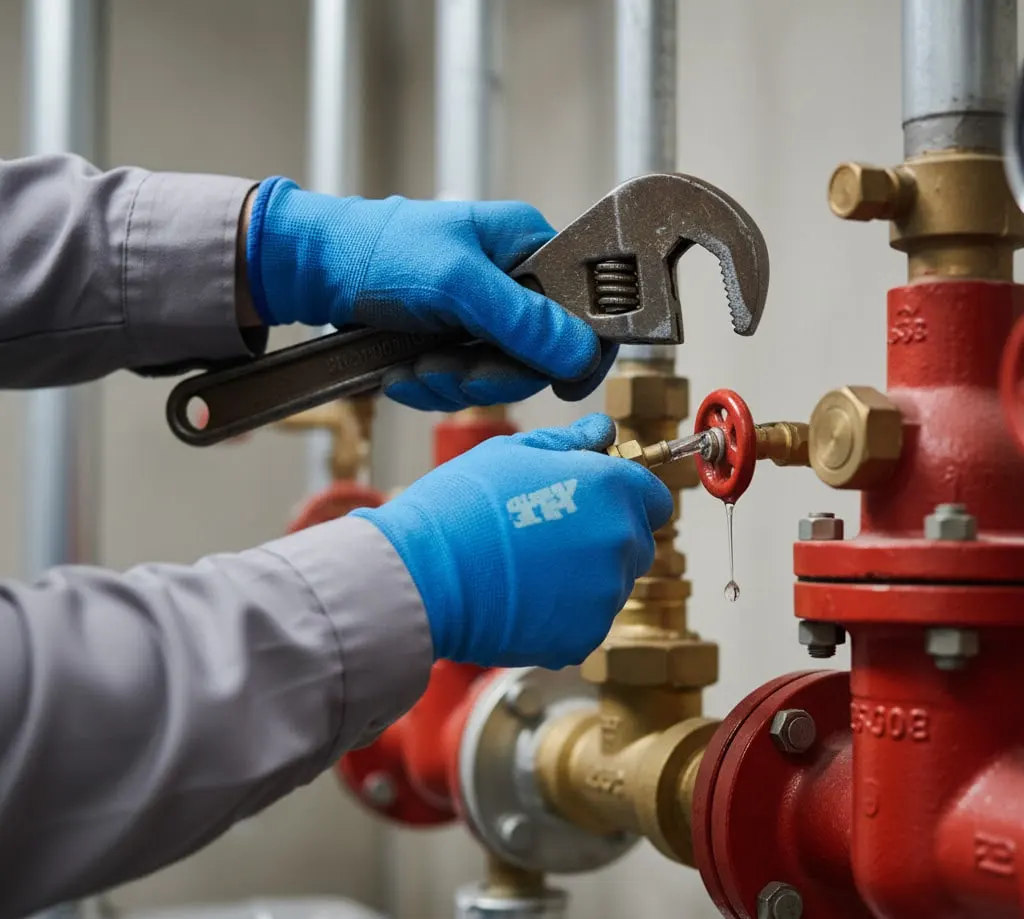
How Often Do Sprinkler Systems Need to Be Inspected
Building owners often ask how often do sprinkler systems need to be inspected. NFPA 25 sets clear guidance:
- Weekly or monthly visual checks by on-site staff.
- Quarterly professional inspections for control valves, gauges, and alarms.
- Annual performance testing.
- Internal five-year pipe and valve inspections.
Certain environments—data centers, manufacturing, hospitals—may require more frequent testing by order of insurance carriers or AHJs. Veteran Fire Protection keeps clients on schedule through automated reminders, reporting, and maintenance logs that align with California’s fire code.
How Fire Sprinkler Systems Work
Understanding how do fire sprinkler systems work helps prevent complacency. The system’s chain reaction begins with heat detection, triggering water discharge, activating the alarm circuit, and summoning emergency response—all within seconds. Every part relies on the next. A single obstructed head, a misaligned valve, or a corroded fitting can interrupt the entire response. Maintenance ensures each step remains synchronized.
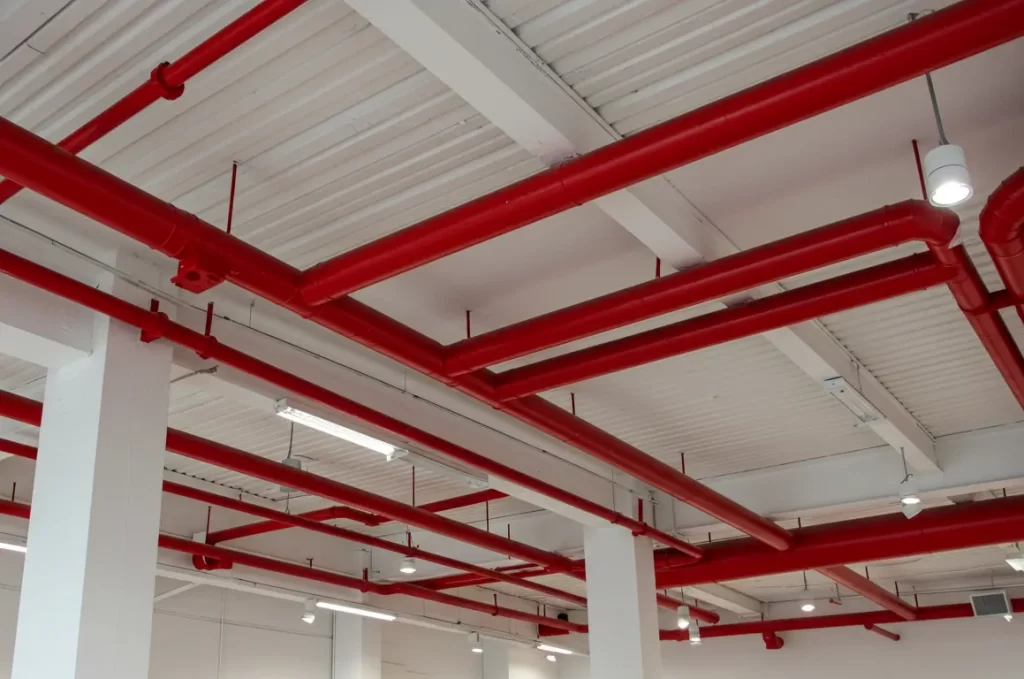
Why Knowledge Matters
Knowing what is fire protection, how do fire sprinklers work, and how often do sprinkler systems need to be inspected isn’t trivia—it’s the foundation of real safety. Awareness prevents panic, supports compliance, and saves property when seconds count.
Veteran Fire Protection believes education is as vital as maintenance. Through documentation management, AHJ coordination, and client training, they help California properties remain prepared, informed, and protected.
Stay Informed. Stay Protected.
Fire protection isn’t luck—it’s discipline. Keep inspection cycles current. Understand your systems. Work with certified professionals who treat safety as a standard, not an option.
or email service@veteranfireprotection.com
to schedule inspections, compliance reviews, or educational sessions.
